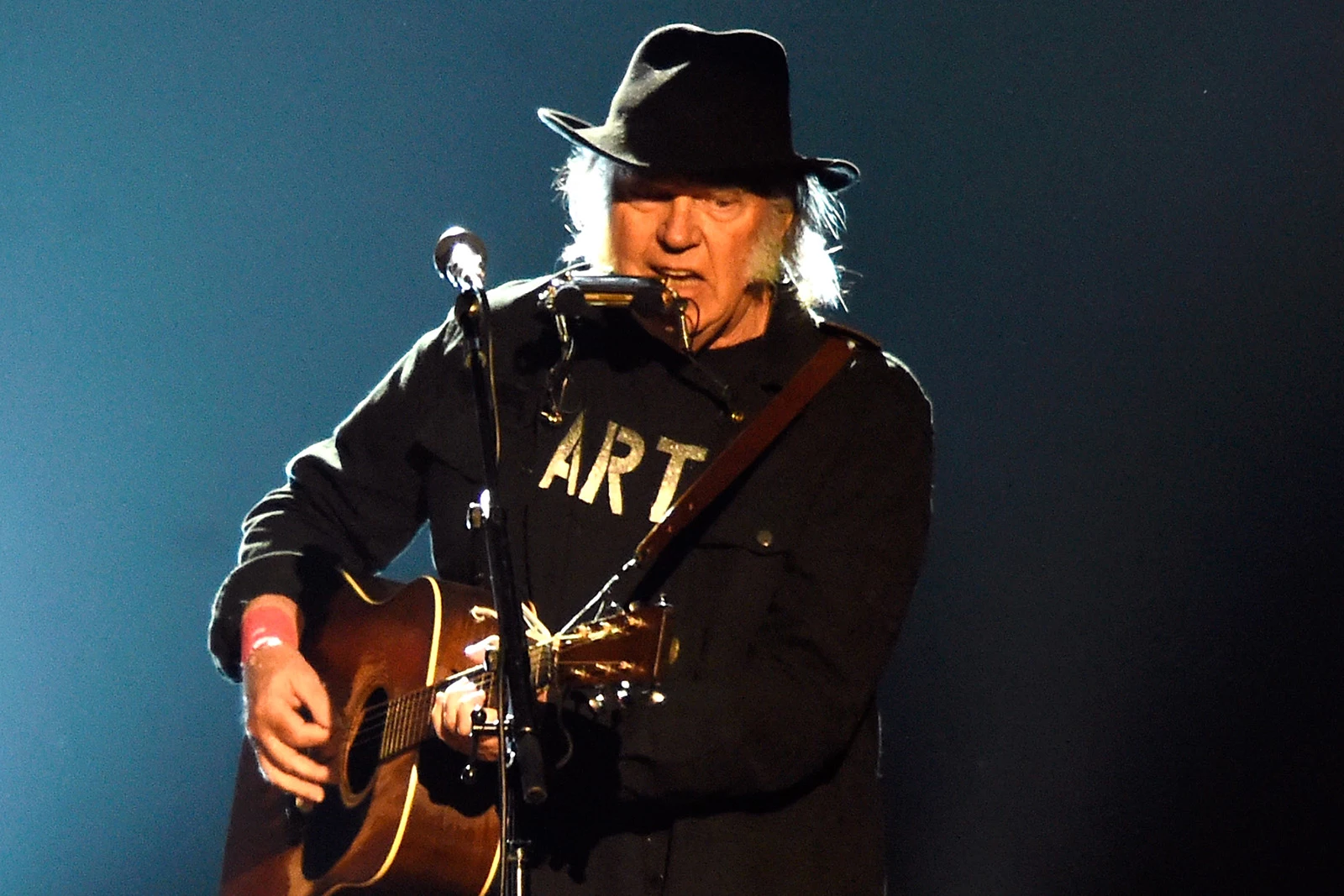
Neil Young to Tackle Bootleggers With Official Versions
by Martin KieltyNeil Young announced plans to take on those who have bootlegged his live performances over the years with his own official line.
He said that, unlike the illegal versions previously in circulation, his own releases would be higher quality, and would be packaged in the artwork created by the bootleggers.
“‘I’m Happy That Y’All Came Down’ is a bootleg that has been circulating for almost 50 years,” Young wrote on his Neil Young Archives website, announcing the first title in his series. “Rubber Dubber put it out in 1971. … The big difference with this NYA Official Bootleg, and many the Official Bootleg series, will be that it is coming from our original master tapes.”
Young noted that "we have ripped off all of the original art from the bootlegs, continuing the tradition. No expense will be spared. The only thing different will be the radically better sound from our masters.”
He added that his team was “going full bore” with the project “right now.” Young invited fans to let him know which recordings they’d like to hear: "Write ... to me here with your favorite bootlegs, and we will find them and use the best audio we can locate, either from the NYA vaults or somewhere else.”
The Bootlegpedia website lists 107 releases of Young performances, with a range of sources, including concert sound desks and recording devices in audience areas. Meanwhile, Young will finally release Homegrown, a highly anticipated abandoned LP from 1975, on June 19.
Neil Young Albums Ranked

41. 'Are You Passionate?' (2002)
Young's most disjointed album isn't sure what it wants to be. On one hand, it's an R&B record with backing provided by Booker T. & the M.G.'s. Then again, it's also a Crazy Horse album, with his longtime sparring group sitting in for one extended jam. Then there's "Let's Roll," which is about the 9/11 terrorist attacks, and the nine-minute closing track, "She's a Healer," which goes on forever. A mess from start to finish.

40. 'Peace Trail' (2016)
Part of the environmentally themed trilogy that includes 'The Monsanto Years' and the kinda-live 'Earth,' 'Peace Trail' is Young at his most anxious. The plugged-in acoustic songs sound like tossed-off bulletins from a restless artist who's taken a turn toward grumpy. Nearly 40 minutes of messy finger pointing.

39. 'Storytone' (2014)
Young's second album of 2014 swerves in a completely different direction from the stripped-down 'A Letter Home,' incorporating an orchestra, choir and big band. Many of the cuts are about the environment; some are love songs. They all add up to one of his most unfocused albums, a mess of too many ideas and not enough memorable tracks.

38. 'Old Ways' (1985)
Another record from Young's tumultuous Geffen years, when he played chicken with the label by making everything but the rock 'n' roll records the record label was hoping for (the company responded by shelving some of those albums). 'Old Ways,' a traditional country LP, lacks spark, inspiration and good songs.

37. 'Landing on Water' (1986)
After his record company sued him for making uncommercial music, Young released this album of scraps dusted off from some of Crazy Horse's unreleased 1984 sessions (which even Young's producer was unhappy with). The result, like much of Young's '80s output, is convoluted, half-assed and mostly forgettable.

36. 'This Note's for You' (1988)
At the tail end of his genre-jumping '80s run, Young shook off Geffen, returned to his old record company and delivered the sort of unconventional record that got him into so much trouble with his previous label. Taking shots at the music industry, and backed by a horn-powered, R&B-influenced group, Young drives 'This Note's for You' into the ground with one tuneless attack after another.
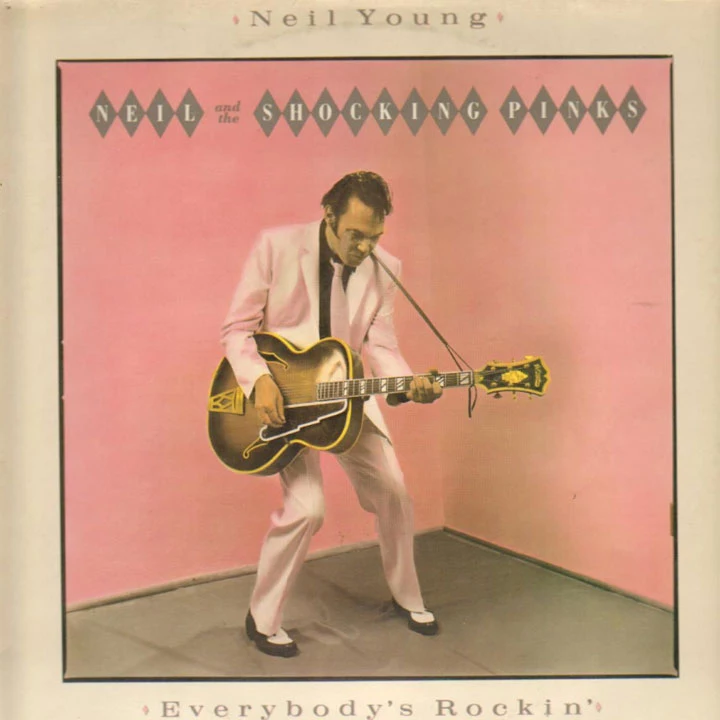
35. 'Everybody's Rockin'' (1983)
This was the album Young delivered to his record company after it insisted he make a rock 'n' roll album following the electronic mess 'Trans.' So he gave them a record filled with doo-wop, rockabilly and '50s nostalgia. 'Everybody's Rockin'' is a middle finger to the label, but the music never captures the charm or magnetism of the sounds it's emulating. No wonder his record company hated him.
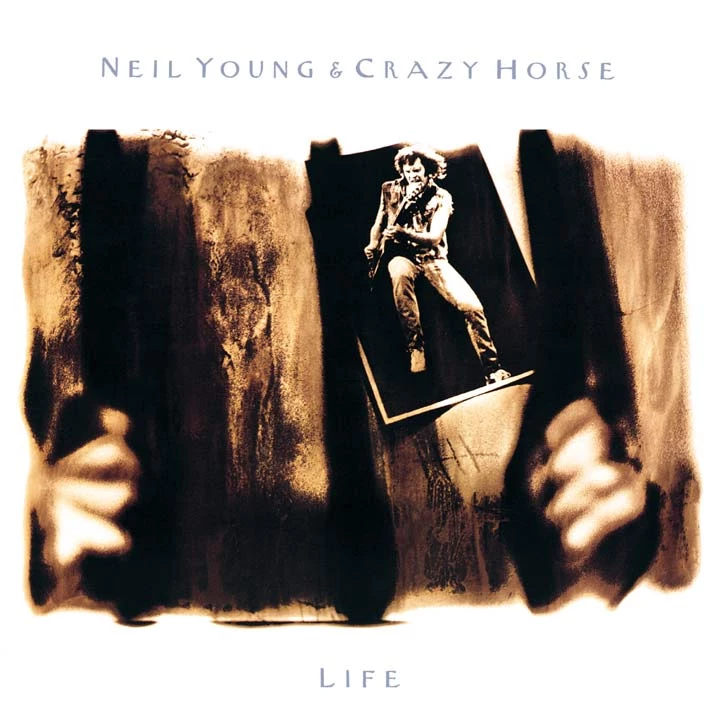
34. 'Life' (1987)
Young's most forgettable album, another collaboration with Crazy Horse, was partly recorded live in concert. Sandwiched between two other bottom-of-the-barrel LPs from the dismal '80s, 'Landing on Water' and 'This Note's for You,' 'Life' sounds like an obligatory Crazy Horse outing. Only this time nobody's hearts were into it.
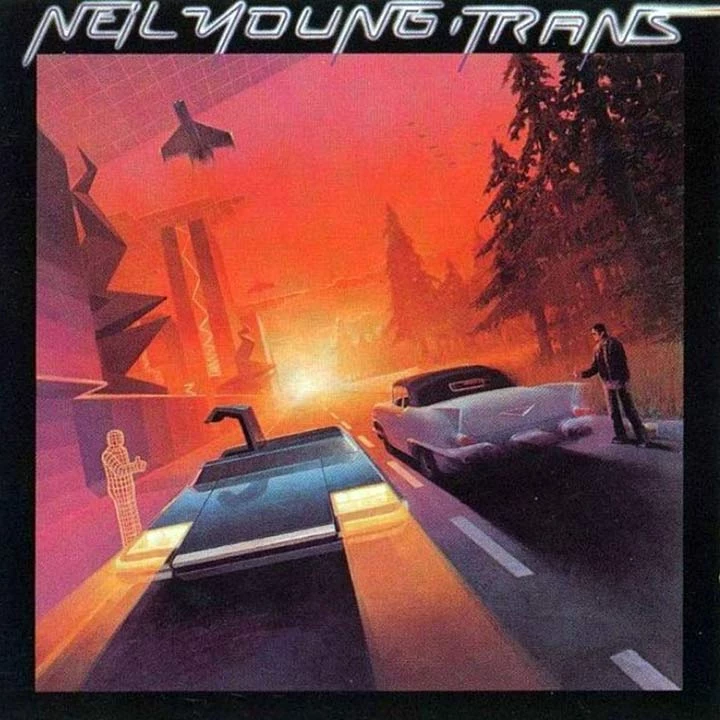
33. 'Trans' (1982)
Young's notorious electronic album -- featuring a Vocoder on most of the tracks -- started his tortured relationship with Geffen Records, which wanted a rock 'n' roll album not a synth-pop LP. It's a daring move by an always-daring artist, but that doesn't make it any more of a pleasant listen. It's jarring, to say the least. Young would spend most of the rest of the '80s making records that defied his record company and confused fans.
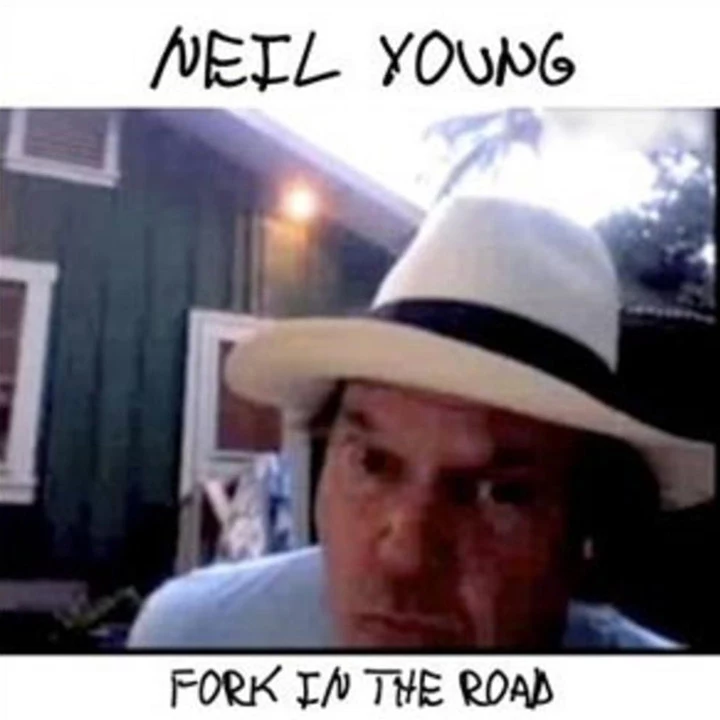
32. 'Fork in the Road' (2009)
Young closed out the first decade of the '00s with an album of car songs inspired by a 1959 Lincoln Continental he converted to a hybrid. Like many of his albums from the era, 'Fork in the Road' is stubbornly single-themed and, also like so many of them, kind of boring. Songs like "Fuel Line" and "Hit the Road," without context, sound aimless and lost.
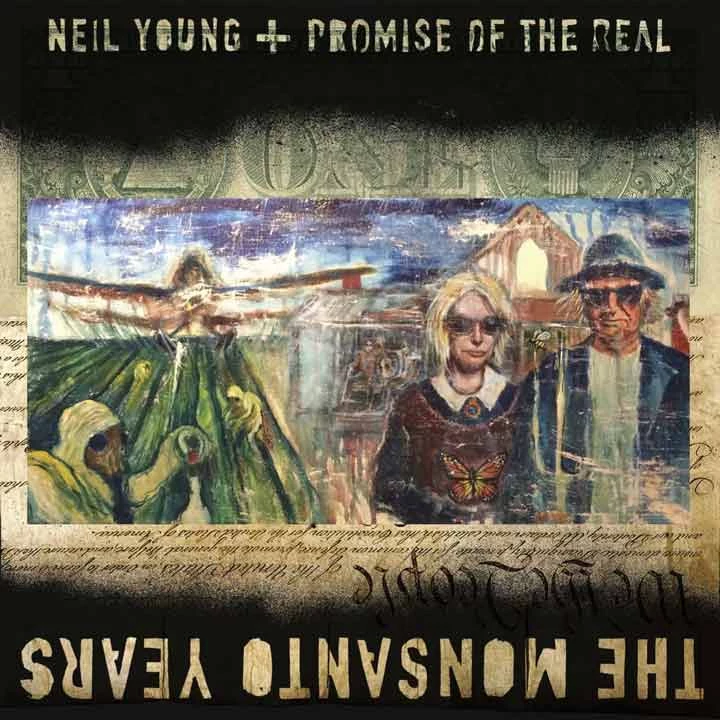
31. 'The Monsanto Years' (2015)
Working with a new band, the Crazy Horse-like Promise of the Real (which includes Willie Nelson's sons), Young's most political album in years takes on GMO giant Monsanto in what pretty much amounts to a 50-minute PSA. It's loose and impulsive, but the single-minded agenda gets tiring after a while.
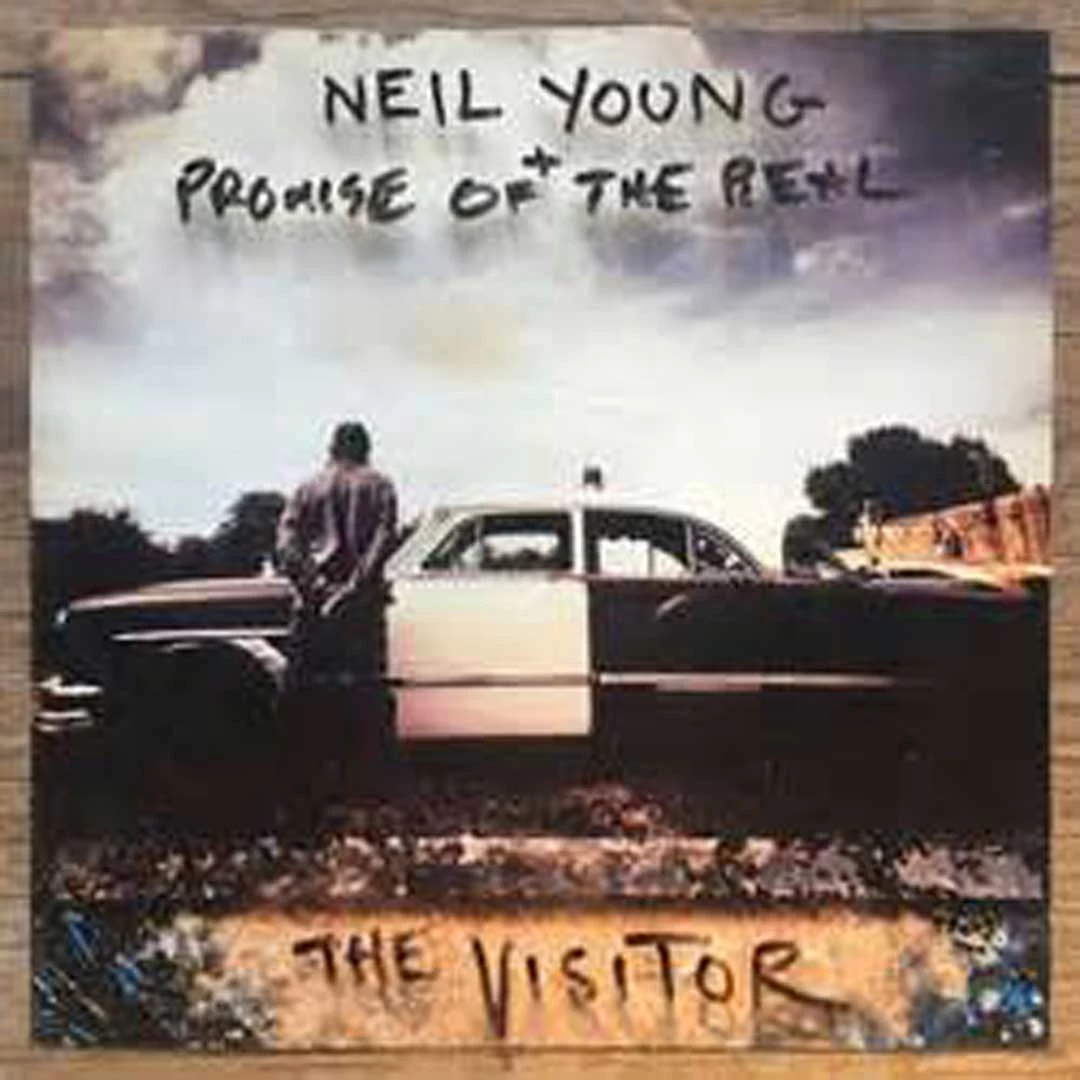
30. 'The Visitor' (2017)
Young's third collaboration with Promise of the Real, the band led by Willie Nelson's son, sounds like a tethered Crazy Horse record. There are a few quiet reflective moments, but mostly the album is about living under the shadow of Trump's presidency for a year. He's mostly coping, and coasting, here, offering little more than commentary on daily headlines backed by a musical template that swings from a circus waltz to the Broadway stage.
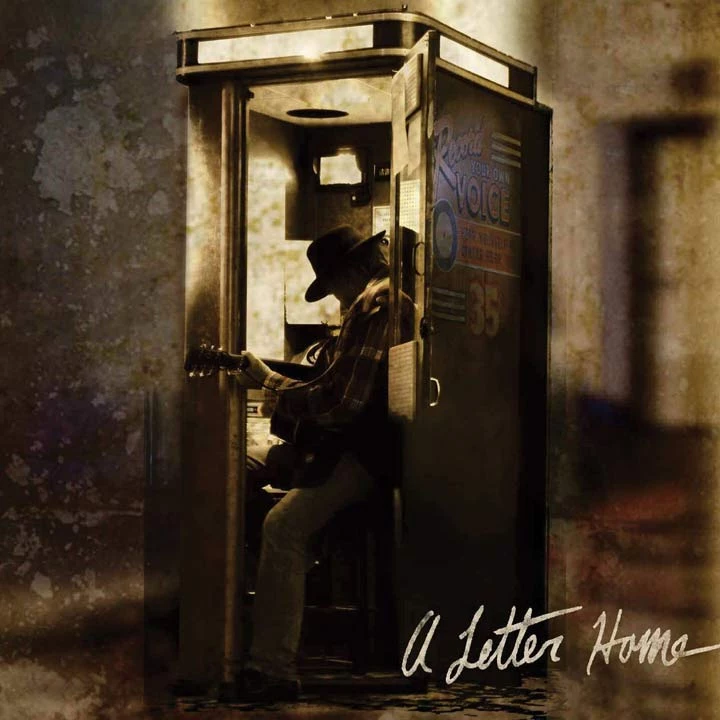
29. 'A Letter Home' (2014)
This all-covers album (of songs by Bob Dylan, Willie Nelson, Bruce Springsteen and others) features mostly just Young on vocals, guitar, harmonica and piano, and was recorded in a vintage 1947 recording booth in Jack White's Nashville studio (White guests on a couple of cuts). The intimacy is appealing, but too often 'A Letter Home' sounds slight and unfinished.
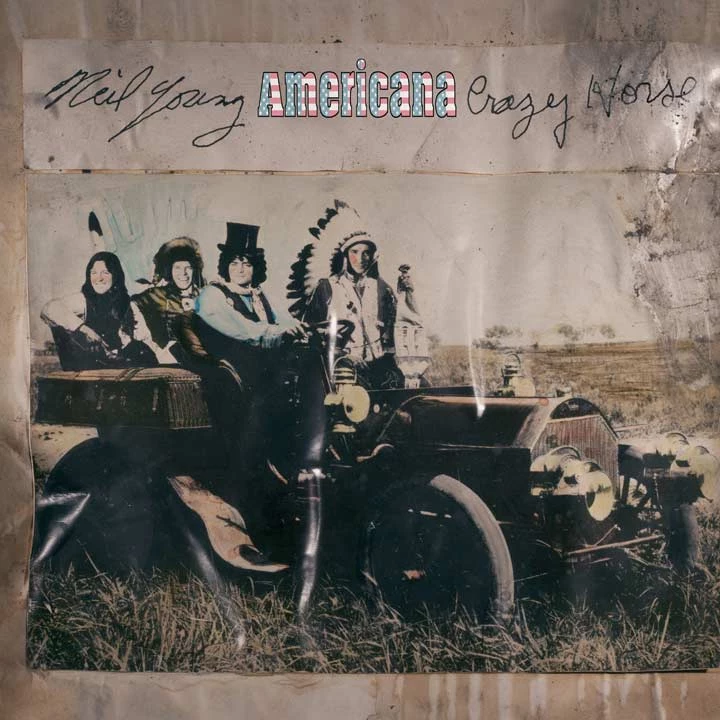
28. 'Americana' (2012)
Young and Crazy Horse rework a bunch of traditional songs (like "Oh Susannah" and "Clementine") as garage-rock rave-ups, complete with sprawling jams and missing verses. The idea was to capture these songs in their original raging glories, but 'Americana' sounds tossed-off, like a hastily assembled and loose practice session before the real songs are tackled.
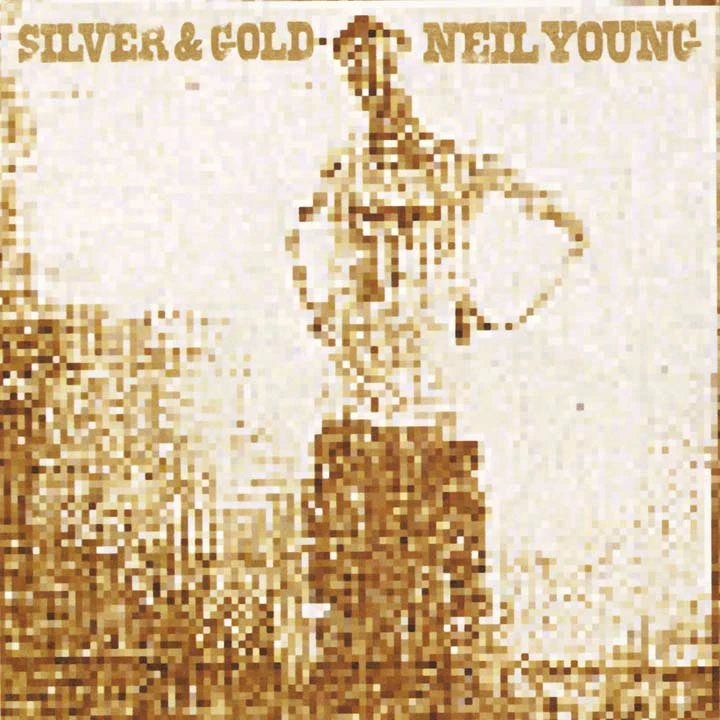
27. 'Silver & Gold' (2000)
Like many Young albums, 'Silver & Gold' was pieced together from abandoned songs over the years (one reportedly dated back to the early '80s). Its stripped-down atmosphere -- including harmonica, pedal steel and backing vocals by Emmylou Harris and Linda Ronstadt -- make it seem like another 'Harvest' descendant. But the ho-hum songs don't really back it up.
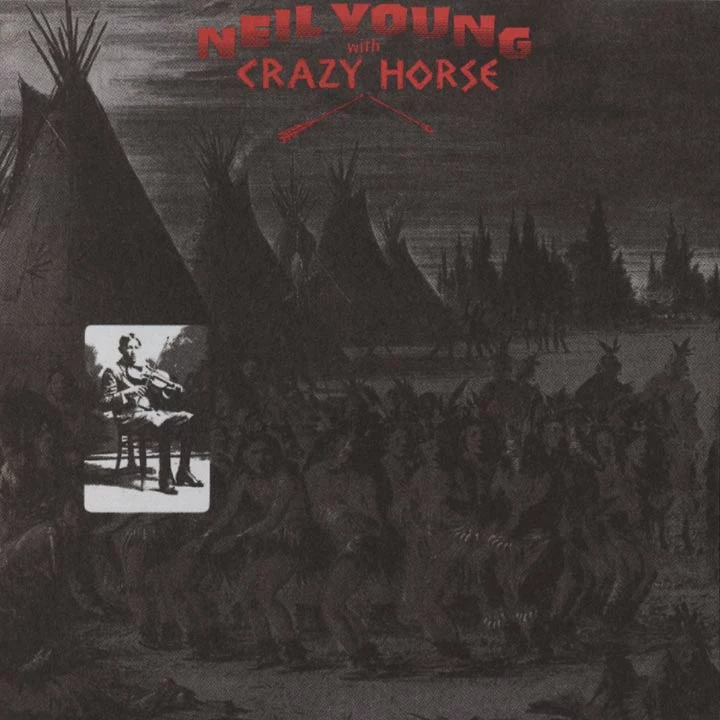
26. 'Broken Arrow' (1996)
Like 'Ragged Glory' and 'Sleeps With Angels,' two other '90s collaborations with Crazy Horse, 'Broken Arrow' is loose, free-form and muscular at times. But it's not as fully formed as those other two records, instead juggling long jams with shorter, more structured songs. Still, it would be a decade before he made another album this interesting.
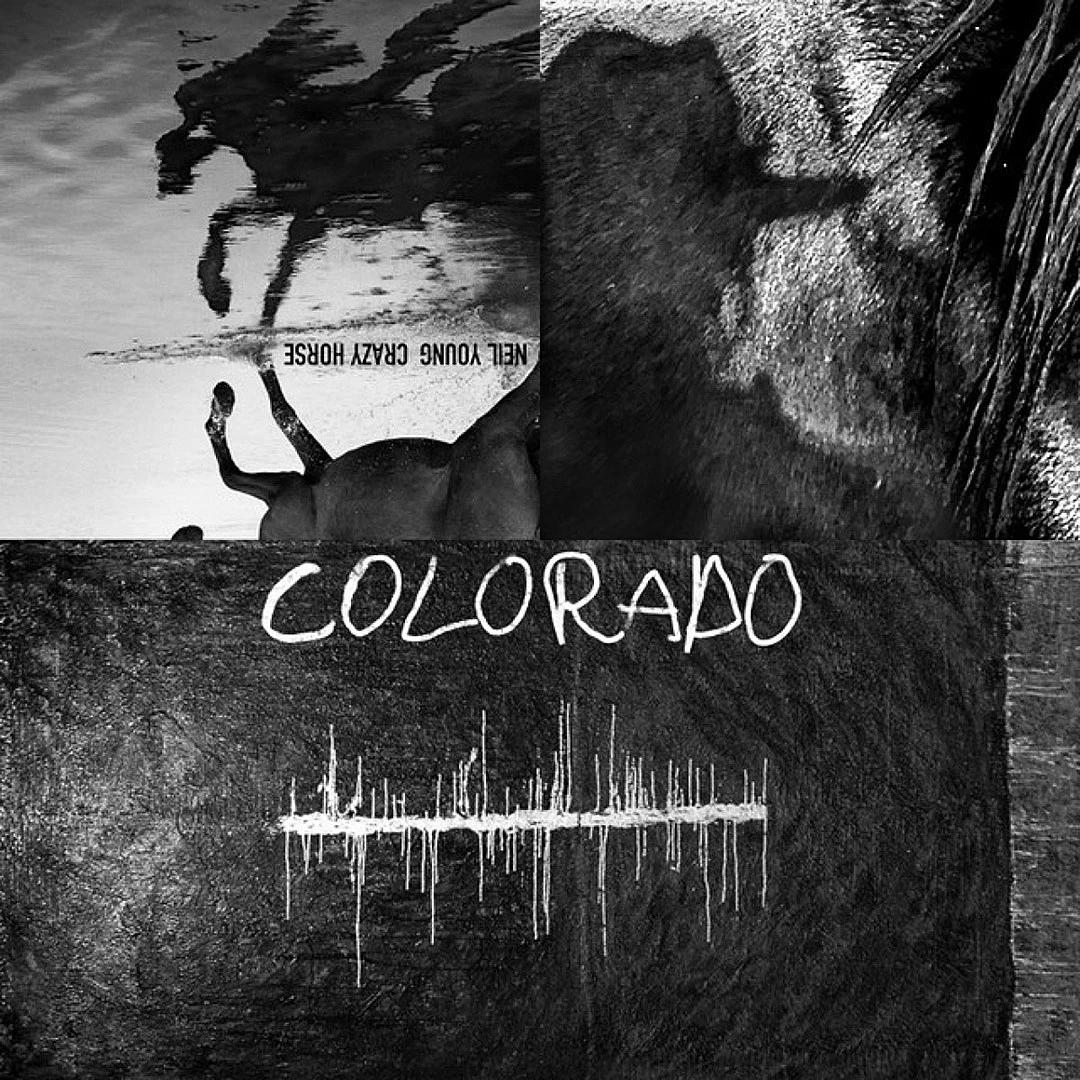
25. 'Colorado' (2019)
Young's first album with Crazy Horse since 2012's 'Psychedelic Pill' has more in common with much of his environmentally minded '10s output than the freewheeling spirit of classic Crazy Horse records, but there's enough distortion and rage to keep fans happy. The biggest stumbles here are the more inward-looking love songs; when Young points fingers and turns up the volume, his angry-old-man poses sound like the real thing.
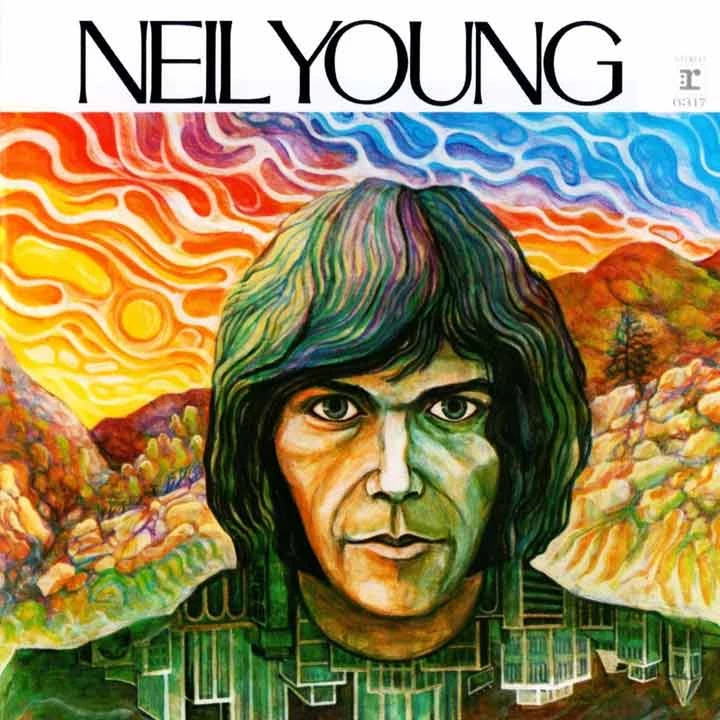
24. 'Neil Young' (1968)
Young's debut album was released on his 23rd birthday in 1968, and pretty much sounds like an extension of his songs from the previous year's 'Buffalo Springfield Again.' It's an occasionally shaky start, but some of the songs -- particularly "The Loner" -- hold up with Young's best.

23. 'American Stars 'n Bars' (1977)
Like so many of Young's albums, 'American Stars 'n Bars' has a scattered history. It includes several songs slated for not one, but two, separate follow-ups to his breakthrough 'Harvest' record. Crazy Horse show up on a few songs; so do old pals Emmylou Harris and Linda Ronstadt. Even with its rocky formation, the album holds together well, especially the centerpiece "Like a Hurricane."

22. 'Hawks & Doves' (1980)
Yet another Neil Young album culled from old sessions. The first half of 'Hawks & Doves' includes songs originally recorded for a 'Harvest' follow-up, 'Homegrown'; the second side includes new country songs that were among Young's most political at the time. A bit perplexing coming after the landmark 'Rust Never Sleeps,' but a typical Neil Young curveball in that regard.

21. 'Re-ac-tor' (1981)
The follow-up to the pieced-together and laid-back 'Hawks & Doves' can almost be seen as a reaction to the earlier record, as Young -- working once again with Crazy Horse -- plugs in and takes on the '80s with some of the toughest-sounding songs he's ever recorded.

20. 'Hitchhiker' (2017)
Back in August 1976, Young spent some time in a studio with just his acoustic guitar and harmonica. The recordings, like others from the era, sat on the shelf for years. While many of the songs surfaced elsewhere over time – "Pocahontas," "Powderfinger" – these stripped-down readings (finally released in 2017) give ghostly intimacy and a striking balance to a once-lost album.

19. 'Greendale' (2003)
Young's nearly 80-minute rock opera about a small-town family and the way politics and the environment affects it at the turn of the century is one of the artist's most ambitious projects. It's also one of his messiest, thanks to Crazy Horse's sloppy playing (not really suited to a sprawling narrative like this) and the muddled storyline. Plus, it goes on way past the point of anyone caring.

18. 'Prairie Wind' (2005)
A quiet little victory after 'Are You Passionate?' and 'Greendale,' 'Prairie Wind' is one of Young's most meditative records, informed partly by his father's recent death. Young himself suffered an aneurysm shortly after the songs were recorded, adding even more heft to an already poignant LP.

17. 'Chrome Dreams II' (2007)
Back in 1977, Young was all ready to release an album called 'Chrome Dreams' when it was retooled as 'American Stars 'n Bars.' This sequel, 30 years later, isn't as good as that scrapped LP, but a handful of its songs -- which, like so many of Young's albums, had been sitting around for years before finally finding a home -- rank among his best of the '00s.
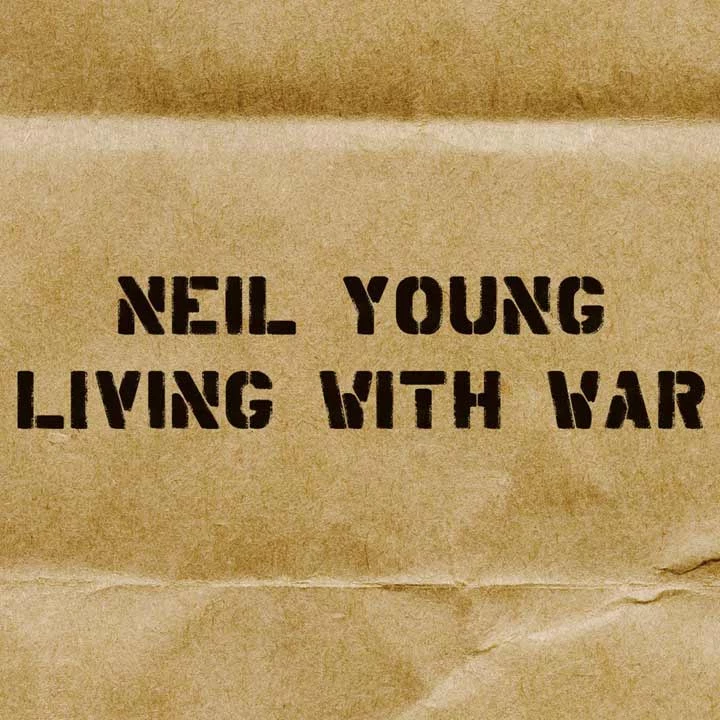
16. 'Living With War' (2006)
Written and recorded in less than 10 days, 'Living With War' plays like a visceral reaction to 2006's headlines (most notably, the war in Iraq). And with songs like "Let's Impeach the President," it's Young's most political work in decades, too. It doesn't always connect, but his commitment to music and the issues that drive it is palpable.

15. 'Mirror Ball' (1995)
Young and the members of Pearl Jam bonded while playing a Bob Dylan tribute concert in 1992. A few years later, they bashed out this electric LP live in the studio, coming off like a more polished Crazy Horse. Young's string of comeback records (which started six years earlier with 'Freedom') ended here.
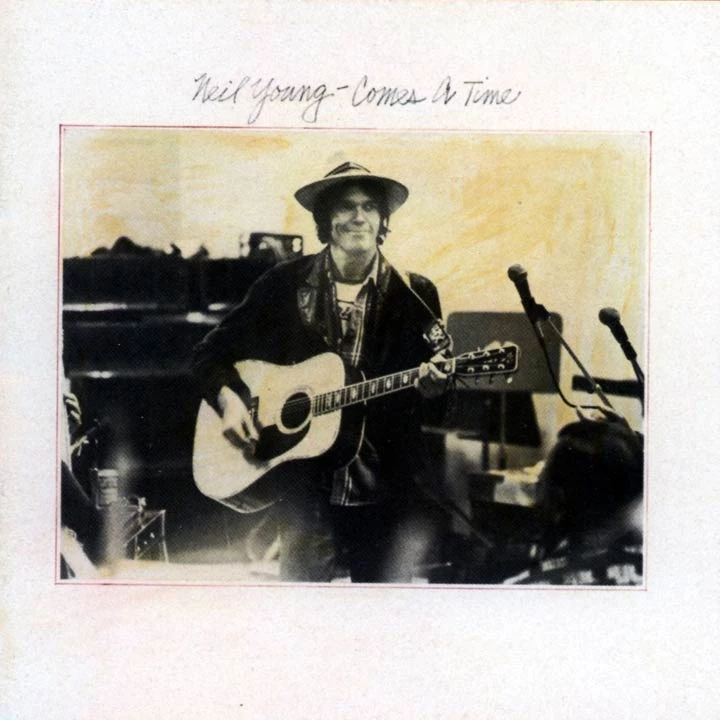
14. 'Comes a Time' (1978)
Young was on track so many times to deliver a sequel to his chart-topping 'Harvest' that by the time he sort of got around to making one, it took several detours along the way. 'Comes a Time' started as a solo record, until backing groups (including Crazy Horse for a couple of cuts) were brought in to goose up the sound. The easygoing charm is all 'Harvest,' but the excellent songs are distinctly its own.
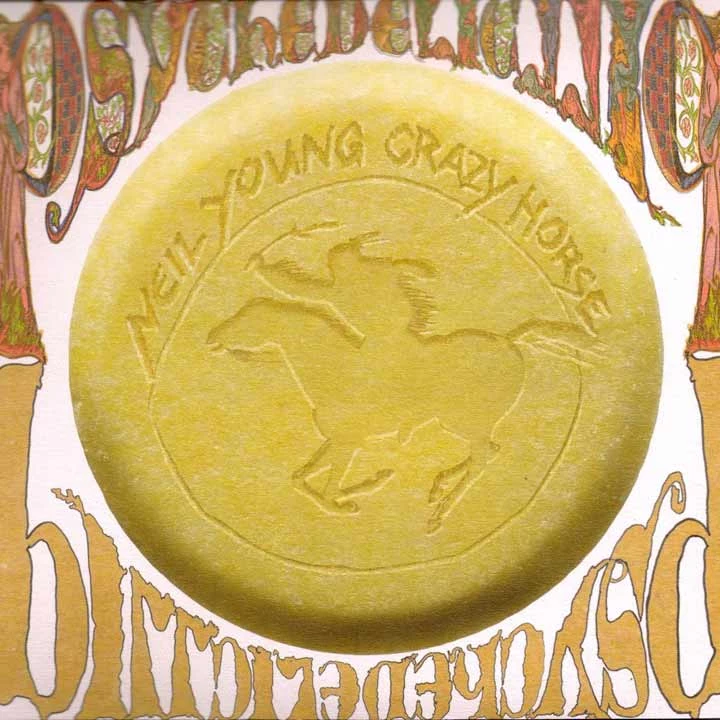
13. 'Psychedelic Pill' (2012)
Young's second album of 2012 (and second with Crazy Horse that year), following the traditional 'Americana,' trades structured songcraft for drawn-out jams and riff-heavy rock 'n' roll. With two songs clocking in at more than 16 minutes, and one at 27 minutes(!), 'Psychedelic Pill' can be a long and exhausting listen. But it's one of Young's best works of the 21st century, a volume-cranking statement by a still-vital artist.

12. 'Le Noise' (2010)
Rebounding after another fallow period of stalled and aimless records, Young launches 'Le Noise' like a battering ram into the ears of fans who had written him off. Young, along with producer Daniel Lanois, constructs a sonic template of feedback, distortion and skeletal fragments of songs. It all comes together in a glorious mix of abrasive guitar noise and avant-garde garage rock.

11. 'Harvest Moon' (1992)
Young's long-delayed sequel to 'Harvest' was shaped, in part, by his tinnitus, which he developed following the punishing 'Ragged Glory' sessions and tour. Unplugged and working with many of the same musicians who contributed to the 1972 classic, Young turns in one of his most tranquil records, filled with the sort of introspection and laid-back ease that come with age.
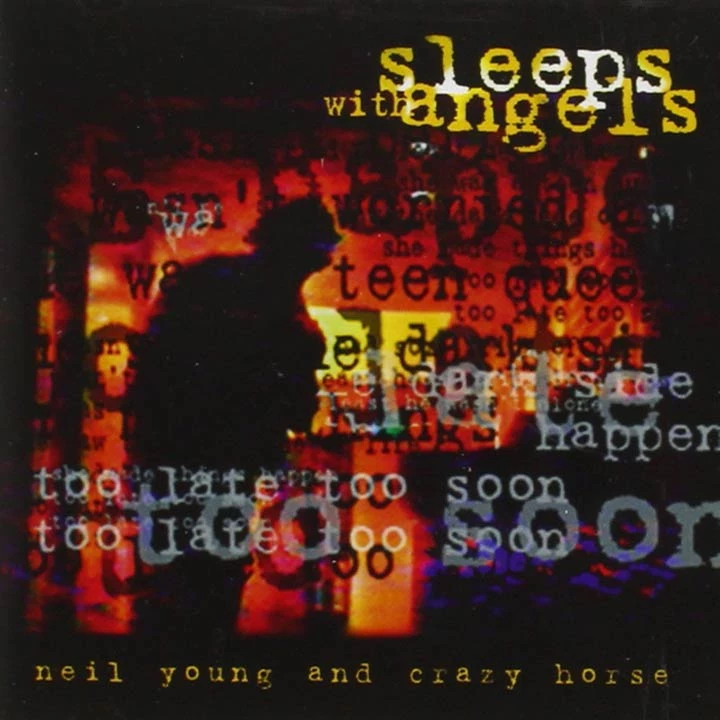
10. 'Sleeps With Angels' (1994)
Like the classic 'Tonight's the Night,' 'Sleeps With Angels' is a dark, brooding rumination on death, particularly Kurt Cobain's. Backed by Crazy Horse, Young plugs in and chips away at the walls of doom around him with feedback and orchestrated noise (the 14-minute "Change Your Mind" is the highlight). Not an easy listen, but a passionate one, and one of Young's most haunting, and haunted, albums.
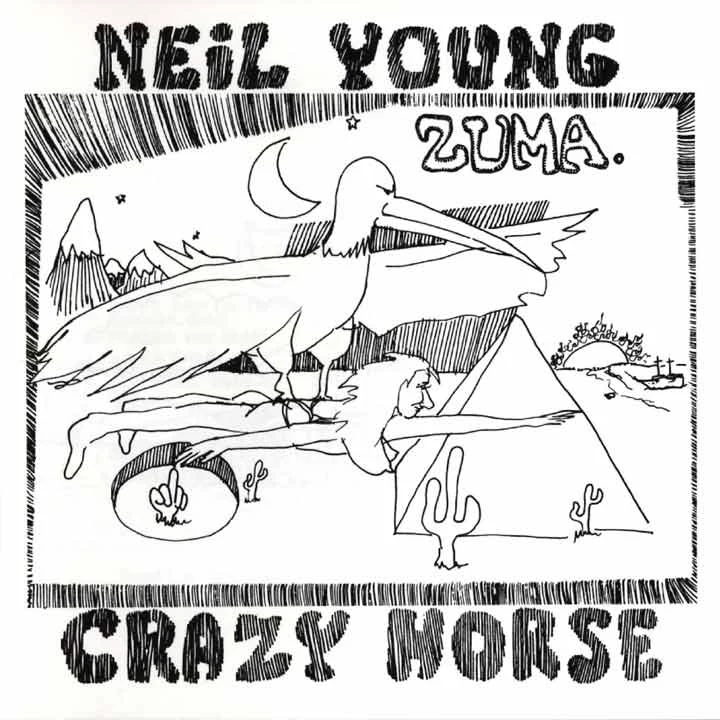
9. 'Zuma' (1975)
One of Young's best guitar albums, and a blazing showcase for a retooled Crazy Horse, 'Zuma' marks both the beginning and ending of key eras during the '70s. For the most part, the album crawls out of the darkness that permeated 'Tonight's the Night' and 'On the Beach,' while once again picking up some spare pieces from his past. Plus, it includes "Cortez the Killer," perhaps his all-time greatest guitar jam.

8. 'Freedom' (1989)
After spending most of the '80s releasing one disappointing album after another, Young got back on track at the end of the decade with his most focused record in years. He unleashes an era's worth of rage on 'Freedom,' swinging at the sociopolitical landscape like his future counted on it. It helped that it was all anchored by "Rockin' in the Free World,' one of his all-time greatest songs.
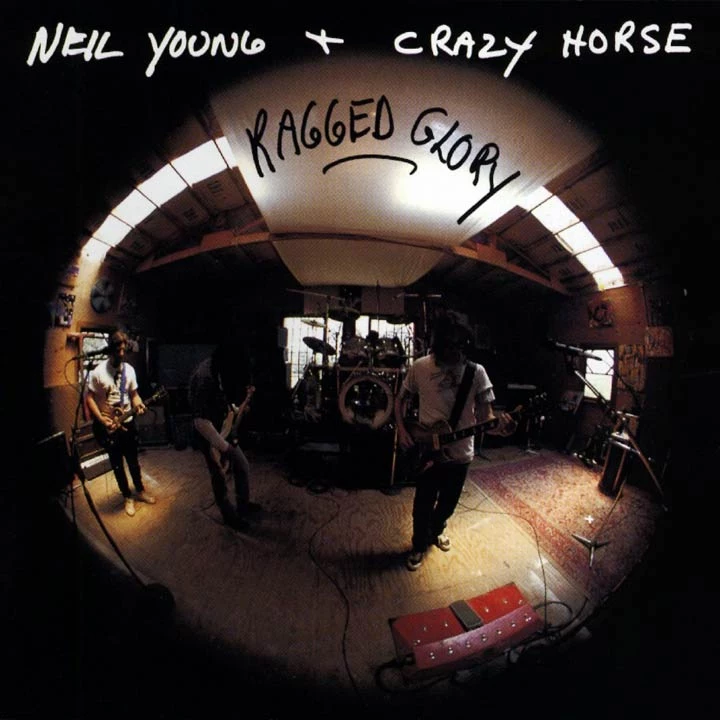
7. 'Ragged Glory' (1990)
'Ragged Glory''s predecessor, 'Freedom,' made Young a viable artist again, but this is the album that sealed that comeback. Plugged in and sounding more alive than they had in years, Young and Crazy Horse tear through a set of songs that take their electric fury to brand new levels. Then in his mid-40s, Young found new life with his old band.
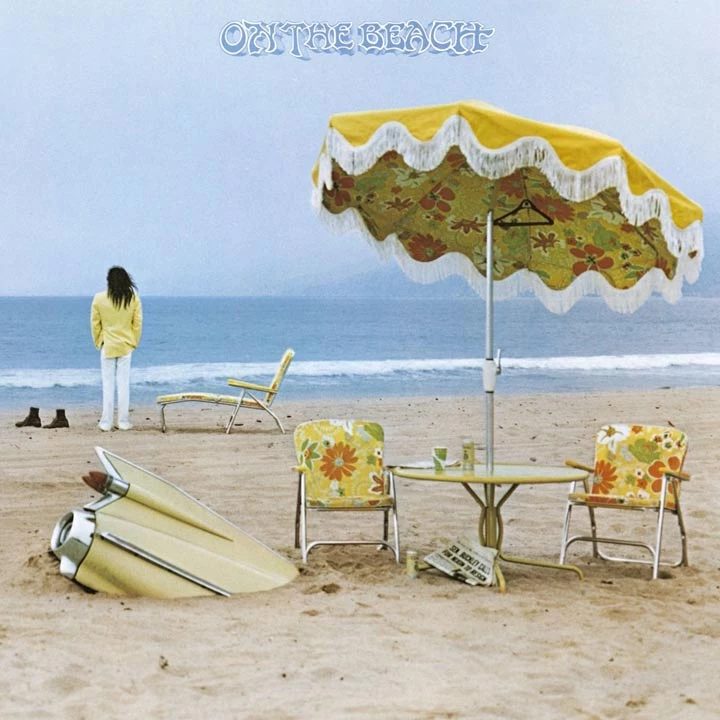
6. 'On the Beach' (1974)
The follow-up to 'Harvest' arrived following a live album, a soundtrack and a few shelved LPs. Like 'Tonight's the Night,' which was recorded earlier but released later, 'On the Beach' sounds thrown together. Working with various musicians, including members of Crazy Horse, Young still seems to be reeling from success, the death of friends and the '60s (not necessarily in that order). A gloomy album, but one of his most underrated.
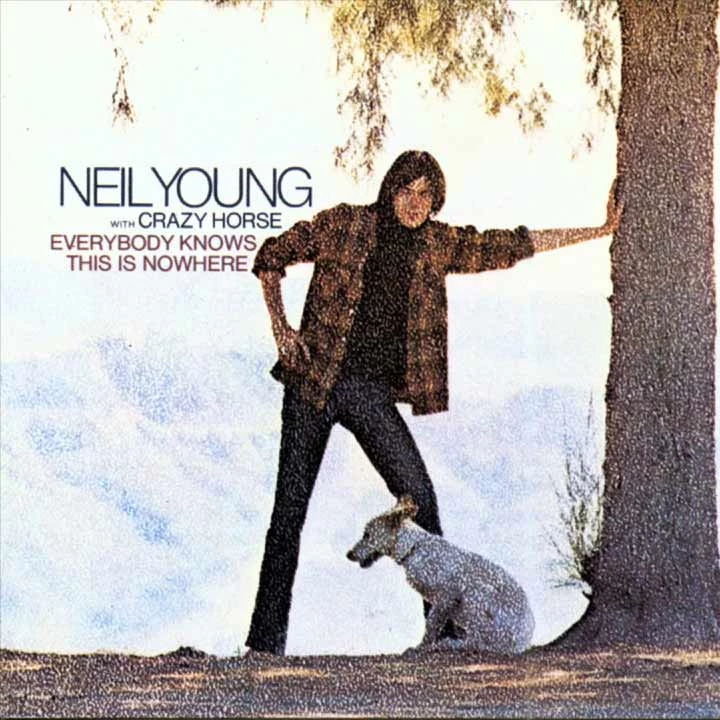
5. 'Everybody Knows This Is Nowhere' (1969)
After a somewhat sketchy debut in 1968, Young returned to the studio the following year with a new backing band (Crazy Horse) and am armful of great new songs that would help define his long career as one of rock's premier guitar players. 'Everybody Knows This Is Nowhere' is one of his most focused and consistent albums, with nearly every song turning up the passion or volume or both.

4. 'Tonight's the Night' (1975)
'Tonight's the Night' was so bleak and despairing when it was recorded in 1973 that Young's record company didn't want to release it (which is why it sat on the shelf for two years). Mostly recorded in a single session following the drug-related deaths of two friends (including Crazy Horse guitarist Danny Whitten, whose band backs Young on part of the album), the LP remains one of rock's darkest, harrowing and cathartic works.
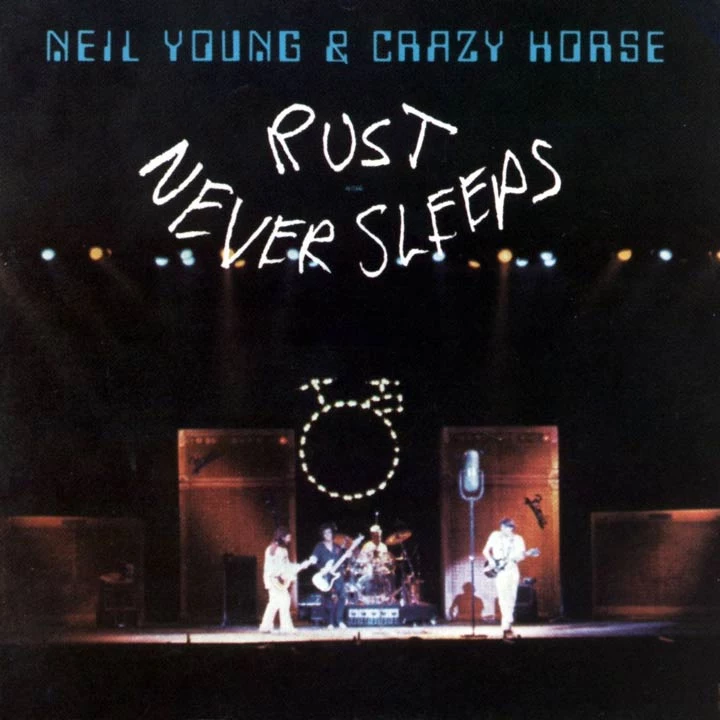
3. 'Rust Never Sleeps' (1979)
Side one was recorded solo acoustic; side two, plugged in with Crazy Horse. And it was all captured onstage in front of an audience hearing the songs for the very first time. It's a great idea, and one that Young pulls off with style and introspection. In a way, 'Rust Never Sleeps' is a concept album about the end of the '70s and his place in them. But it's also just a great record with excellent songs, killer riffs and zero filler.
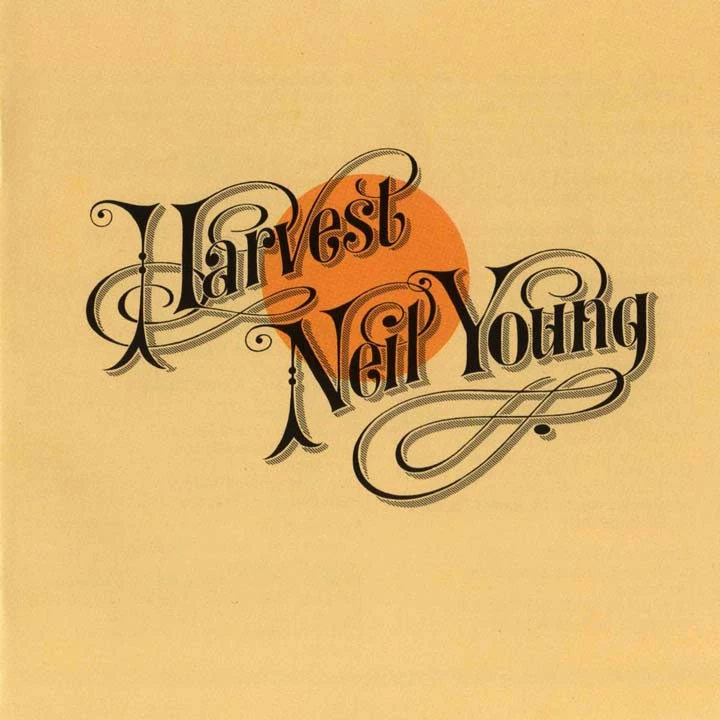
2. 'Harvest' (1972)
Young's only No. 1 album (propelled by his only No. 1 single, "Heart of Gold"), 'Harvest' is a landmark record for both the artist and the era. Stripped down to acoustic instruments and filled with some of his best songs, the record swings through country, folk and Americana, detouring slightly for a couple of songs about life, death and other big issues.

1. 'After the Gold Rush' (1970)
Young's third album pretty much set the template for his career. Pieced together from various sessions (some from Los Angeles, some from Young's home), various bands (Crazy Horse here, 18-year-old Nils Lofgren there) and various time periods (from late 1969 through mid 1970), 'After the Gold Rush' is held together by Young's reflection on the past decade and his hopes for the new one. It includes some of his best songs (the title track, "Only Love Can Break Your Heart," "Southern Man"), but more importantly it established Young as one of rock's most visionary and exciting artists.